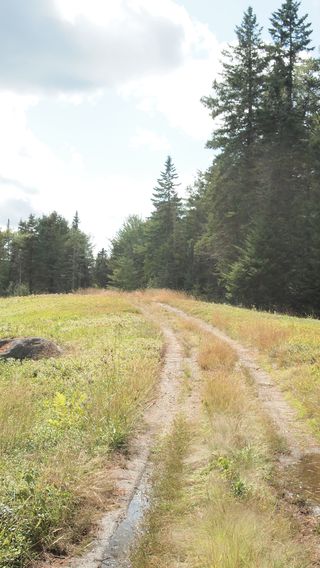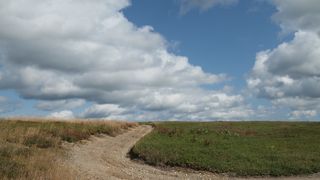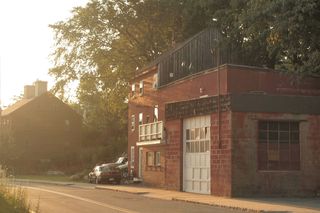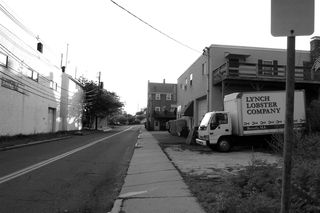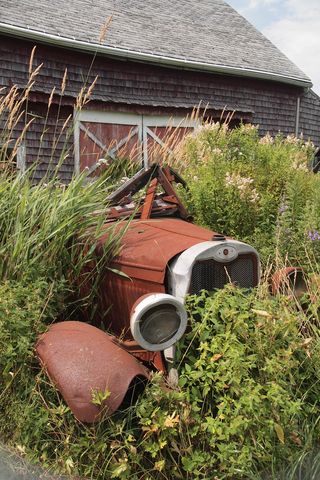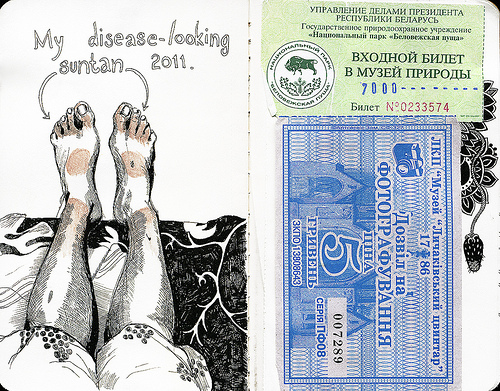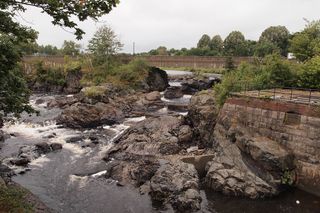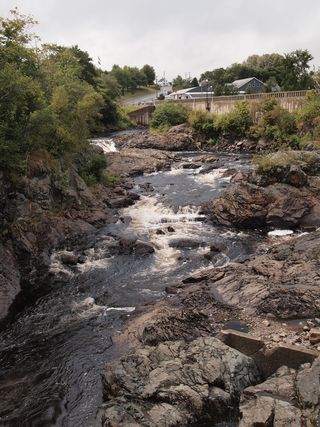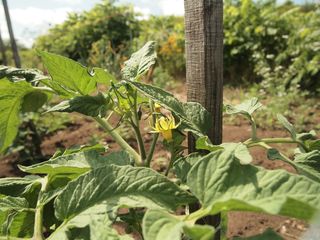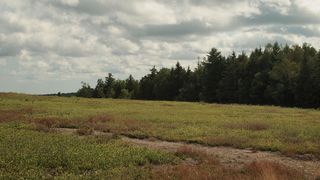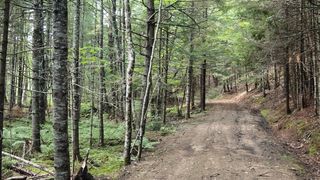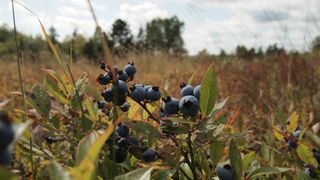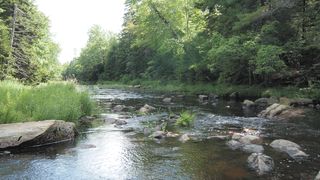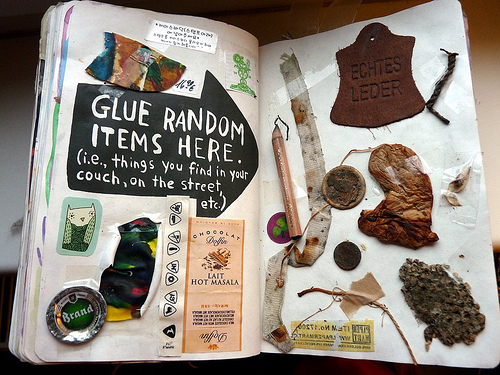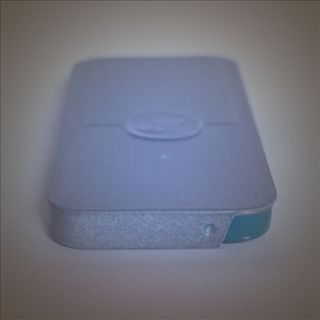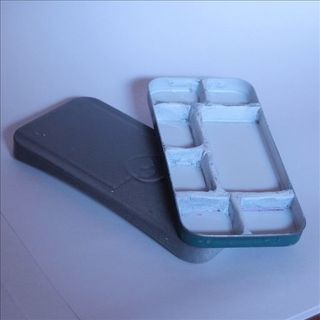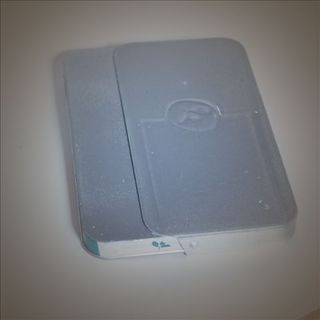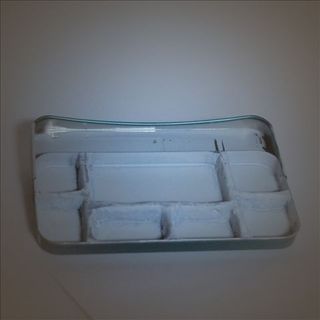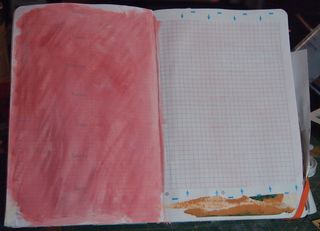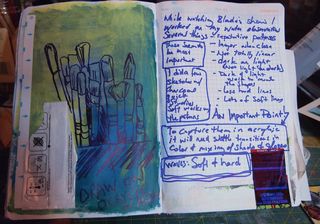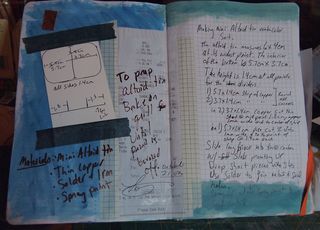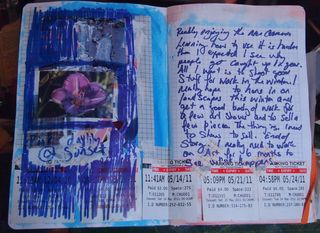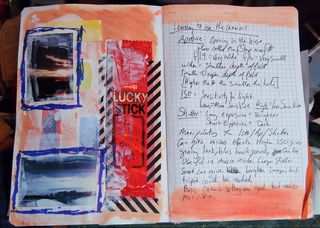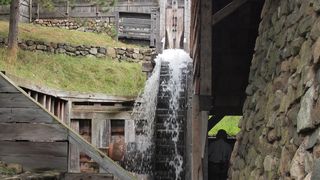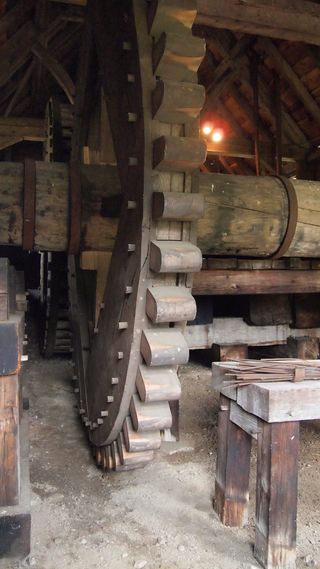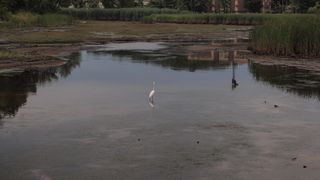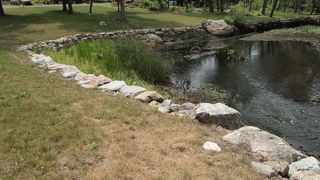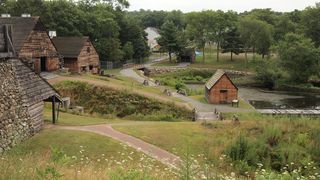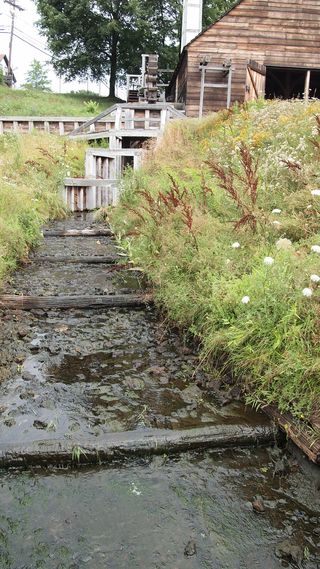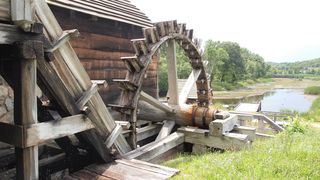
I'm not used to carrying a camera with me, a journal and sketching tools, yes but the bulk of a camera is something new. Camera bags are… Ugly. I plan on adapting one of my bags to something a little less conspicuous. A camera is weighty, though I was shocked when I hefted my brother's girl friend's DSLR and found it weighed a LOT more than my little micro 4/3rds camera. It's lens alone weighs in at what my camera weighs.
Getting accustomed to carrying it everywhere is one thing, getting used to people looking at the camera with warriness, and on other occasions ignoring it entirely.
After using a point and shoot camera and adjusting minimal settings I'm not yet used to how I need to set things to get a decent shot. In some cases, like the night shot above, luck and taking 10 or so shots gets me one that works, mostly. Add to the mix the difference in macro and telephoto add ons and then filters, holy crap a whole new world has opened up to me.
A month ago if someone had said to me, put a polorizing filter on it and open it up half a stop, I'd have looked at them with a blank stare, now I'd kinda fidle with my camera and nod and pretend I totally get it when I only half get it.
The good thing with all this is I'm getting a ton of really really great reference photos for this winter, so you can hope to see some great acrylics on my blog. Also I'm art journaling about this whole process.
